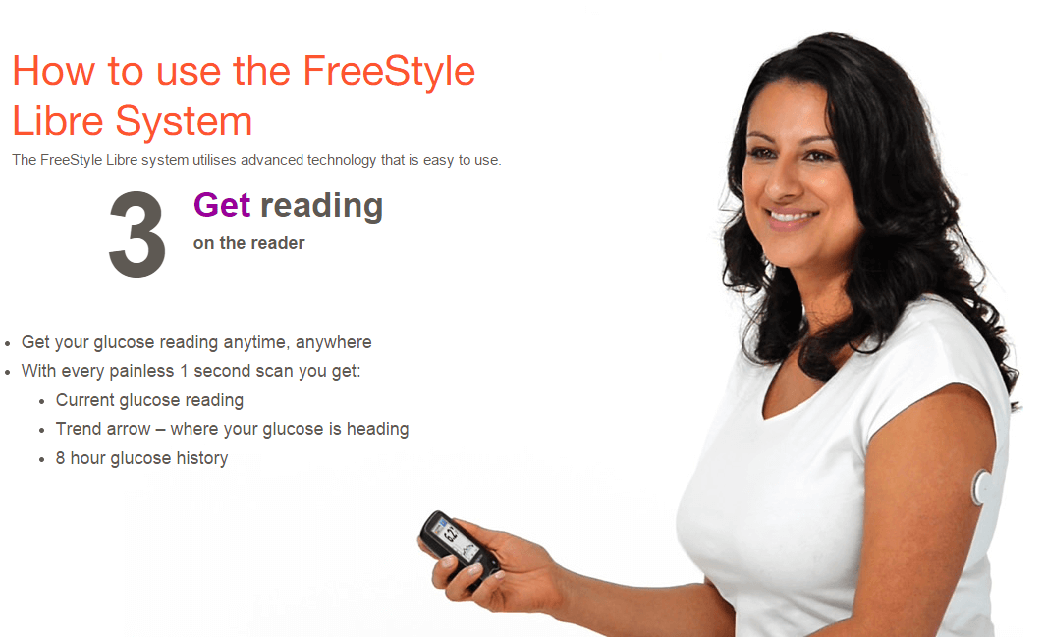

Most of the time, the FreeStyle Libre accurately measures a dog’s glucose levels however it was designed for human use, and occasionally may not read glucose levels as reliably as a glucometer. After placement, your pet can wear the FreeStyle Libre sensor in the comfort of her own home, and readings will better represent her typical glucose levels. Stress triggers cortisol release, which can alter blood-glucose levels, and your pet’s readings may not accurately reflect a normal day. At-home monitoring - Pets who are hospitalized for a glucose curve may be anxious about the strange surroundings.FreeStyle Libre provides 14 days of continuous measurements and gains much more information, whether or not your pet dislodges the device after 10 days. Longer measurement period - A typical glucose curve is performed over 8 to 12 hours during normal hospital hours, but more information can be gained if measurements are gathered for at least 24 hours.More frequent measurements - Blood glucose readings are typically performed every one to two hours during a traditional blood-glucose curve however, FreeStyle Libre provides measurements every minute, so your veterinarian receives a more complete picture of your pet’s daily blood-glucose fluctuations.FreeStyle Libre continuously monitors glucose levels, so gathering data is as simple as passing the reader over your pet’s sensor.
FREESTYLE LIBRE FLASH GLUCOSE MONITORING SYSTEM IMPLANT SERIAL
No needle sticks - Traditional serial glucose monitoring requires a blood draw for each measurement, which means that your pet has to endure many needle sticks during the day. The FreeStyle Libre glucose-monitoring system is an exciting advancement in pet diabetes management and offers many advantages over traditional glucose curves, such as: The reader can be reused for several years however, a new sensor is placed each time serial monitoring is required.Īdvantages of FreeStyle Libre glucose monitoring The sensor is left in place for its 14-day lifespan, and provides continuous real-time glucose measurements during that time. A digital reader passed over the sensor captures the data, which you can upload to your computer and send to your veterinarian. The sampling catheter measures the glucose levels of your pet’s subcutaneous body fluids every minute and stores the information. A small spot is typically shaved on your dog’s back, and the sensor is pressed into the skin. Sensor placement takes only a few minutes, and is less painful than a needle stick. The FreeStyle Libre is a continuous glucose-monitoring system that consists of a quarter-sized sensor with a fine, flexible sampling catheter that your veterinarian implants under your dog’s skin. A glucose curve should also be performed every two to four months in pets receiving a consistent insulin dose, because metabolic changes can alter their insulin response. Glucose curves are performed shortly after a new insulin dose is started to determine whether the new dose is adequately maintaining blood-glucose levels. 
Glucose-curve results are used to determine whether the current insulin dose is appropriate, or should be changed.
How long the insulin dose maintains blood glucose in an acceptable range. How quickly her body responds to insulin administration. Her lowest blood glucose during the day. Her highest blood glucose during the day. At the end of the day, the measurements are plotted so your veterinarian can determine your pet’s insulin-dose responses, such as: Throughout the day, blood is drawn periodically for glucose measurements. A fasting blood sample is drawn for a glucose measurement, then she is fed her morning meal and given her insulin dose. On the appointed day, your pet is dropped off at your veterinary hospital before she eats breakfast. You may periodically check your pet’s blood-glucose level at home, but to determine whether an insulin dose is adequately maintaining blood-glucose levels over time, a veterinary team will typically perform a glucose curve. Veterinarians first prescribe a diabetic pet an insulin dose that is appropriate for her weight and disease severity, but then must assess whether that dose is adequately maintaining blood-glucose levels. 
Every pet is different, and one pet’s body will respond to an insulin dose differently than another’s.

Treating a diabetic pet is not simply administering a set dose your veterinarian has prescribed for the rest of her life. If your pet has diabetes, you know that regulating her insulin dose can be challenging.








 0 kommentar(er)
0 kommentar(er)
